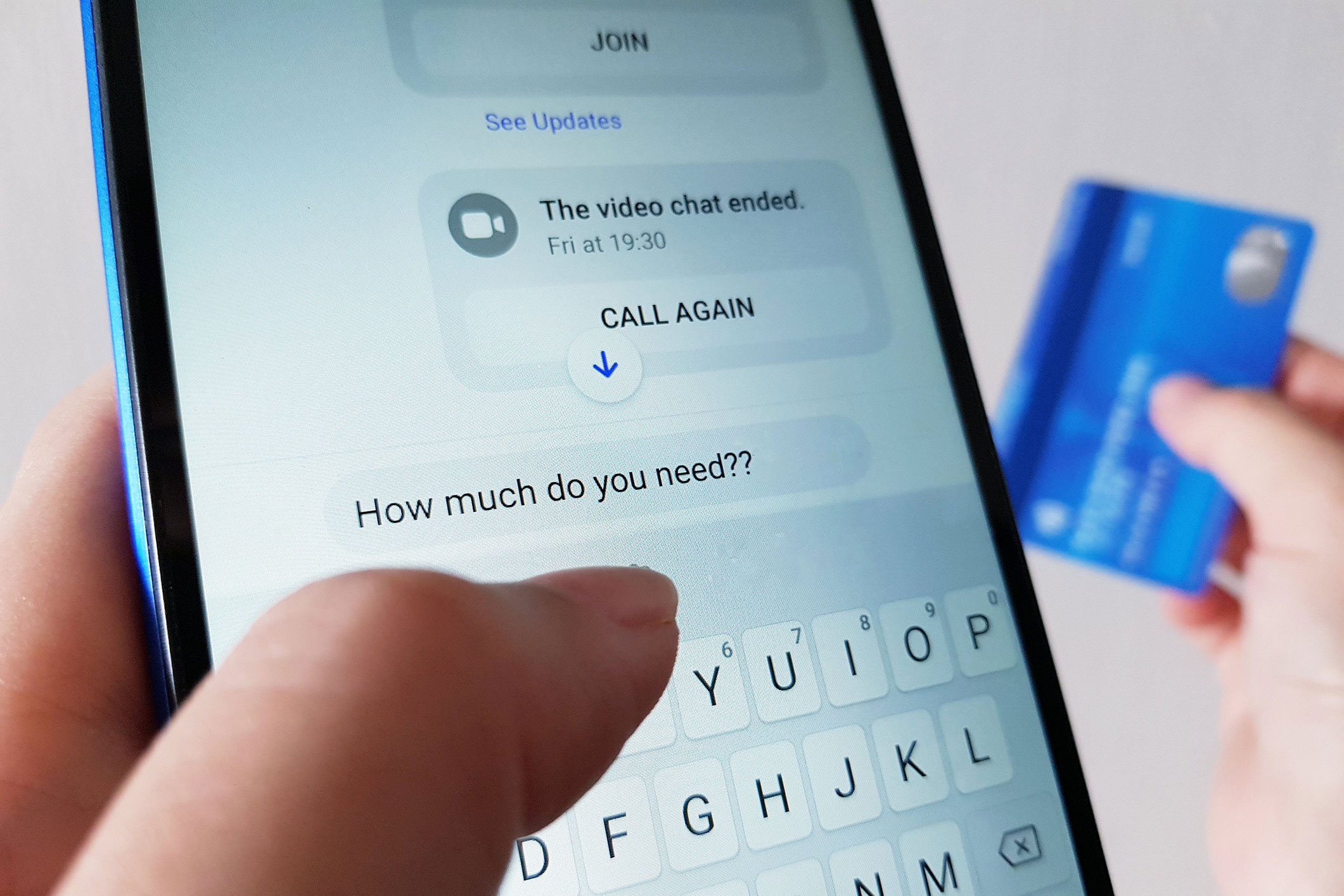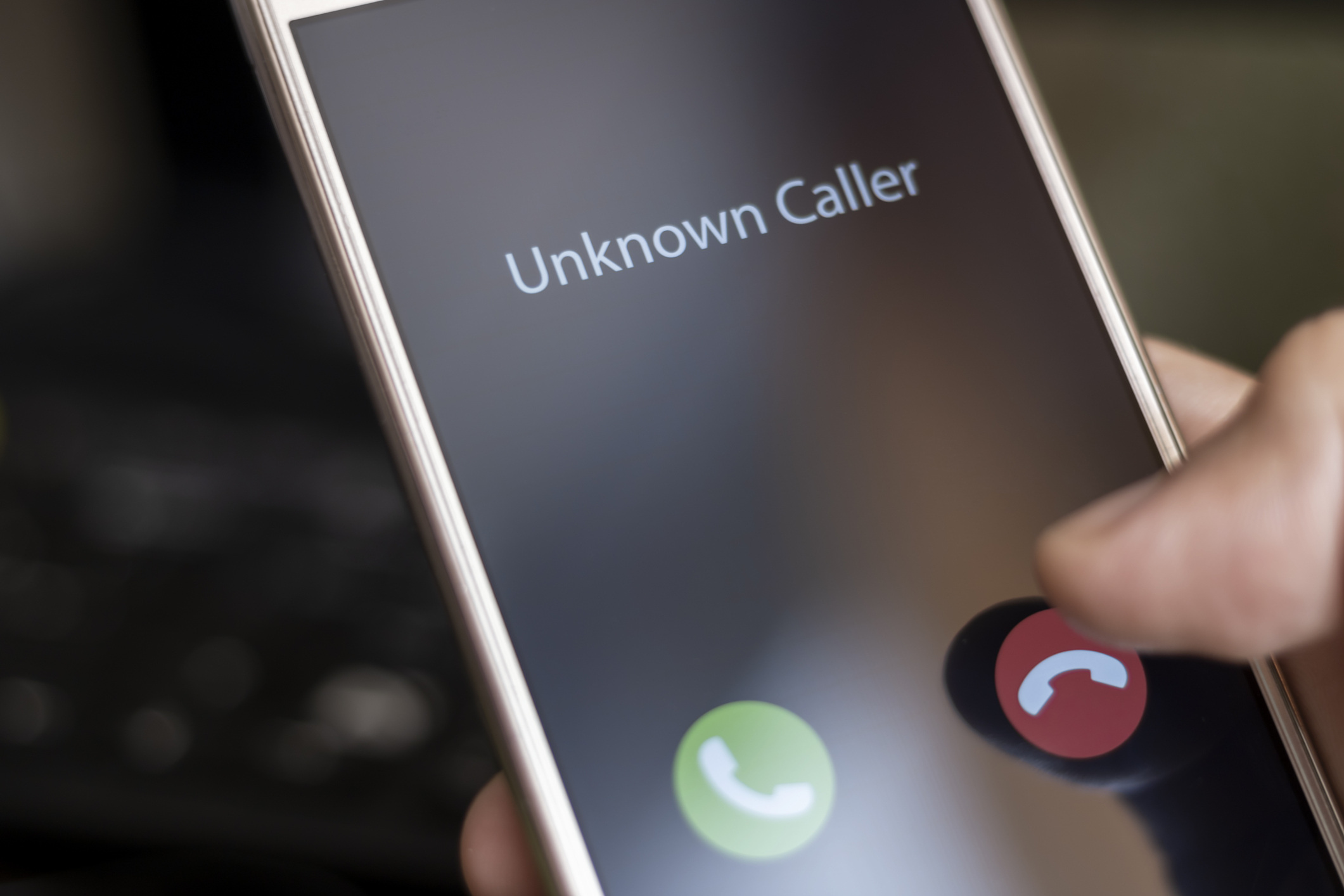What is an overpayment scam?

The overpayment scam has become popular over the past several years. Read more to discover helpful information that may save you money.
Overpayment scams—sometimes referred to as refund scams—are a type of fraud that preys on the trust of others. In overpayment scams, a fraudster notifies the intended victim that they have been sent too much money for a transaction; either intentionally or unintentionally. The fraudster will then give instructions to the victim on how to return the difference between the sent amount and the actual amount. The catch is that the money that the scammer claims to have accidentally sent to the victim is not legitimate.
Overpayment scam scenarios
- The overpayment of funds is transferred to another party, per the fraudsters request. After doing this, the cheque is returned as counterfeit. The funds that were transferred to another party were that of the victim, not funds from the illegitimate cheque.
- The overpayment redirection is actually a front for money laundering. The scammer provides details for how to get the overpayment funds to a third party for illegitimate purposes, disguised as legitimate needs.
Example #1: Snow blower blow-off
- A member was selling a snow blower on Kijiji for $600.
- The member received a cheque from a potential buyer for $1,970.
- The member contacted the buyer who said that they had sent the cheque amount in error and asked the member to deposit the cheque and send back the $1,370 via e-Transfer.
- The member deposited the cheque via ATM and sent the $1,370 e-Transfer back to the buyer. Shortly thereafter, the cheque was returned as counterfeit and the member was out the money.
Example #2: Puppy party plan
- A member deposited a cheque for $2700 as payment for the sale of a puppy.
- The actual price of the puppy was $1500, so the member received an extra $1200 via cheque.
- The cheque was emailed as a scanned attachment and deposited via mobile deposit.
- The member was instructed to send the remaining amount ($1200) via e-Transfer to a party planner for the purchaser’s upcoming birthday party.
- The member suspected fraudulent activity and did not send the puppy nor e-Transfer, which was fortunate as the cheque was returned as counterfeit.
Example #3: Home gym hold-out
- A member was selling a home gym on Kijiji for $3500.
- The member received a cheque from a potential buyer for $4,960.
- The buyer asked the member to e-Transfer the $1,460 difference to a mover who was going to ship the home gym to the buyer.
- The member sent the $1,460 e-Transfer to the “mover”. Shortly thereafter, the cheque was returned as counterfeit and the member was out the money.
As society becomes more educated and better aware of cyber security best practices, fraudsters have been getting more and more creative when it comes to their scams.
What should you do if you find yourself in the middle of an overpayment scenario?
Consider who the sender of the funds is. Do you know them? Have you done business with them before? The best course of action is to destroy the cheque and request an alternate form of payment for the exact amount of the cost of the goods being sold. Safer ways to accept payment for goods and services are with cash or via e-Transfer.
Trust your instincts! Only you can prevent falling victim to fraud by staying alert and remaining diligent.




